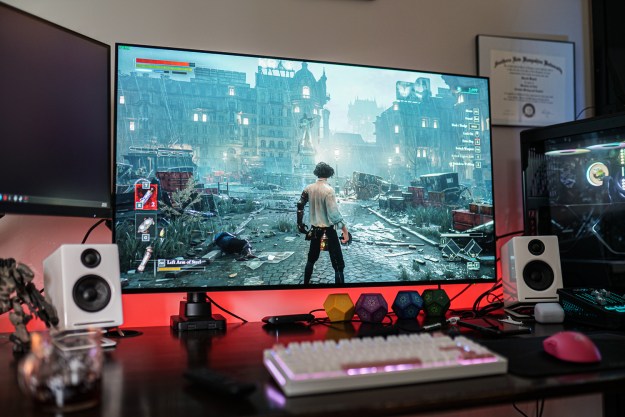GPU prices have been dropping over the past few months, finally offering a reprieve from the disastrous GPU shortage that’s been going on for nearly a year. Although cards continue to drop in price in various parts of the world, they aren’t all falling at the same pace. In particular, Nvidia GPUs are dropping while AMD GPUs are rising.
German outfit 3D Center has been tracking graphics card prices over the past several months, and it just posted its report for August. Since the beginning of 2021, Nvidia cards have been consistently more expensive than AMD ones, peaking at around 304% of list price in May. Now, the tables have turned.

The most recent data shows AMD cards selling for 159% of list price and Nvidia ones selling for 144%. This is less of a case of AMD cards selling for more, and more of a case of Nvidia cards selling for less. After three weeks, 3D Center found significant drops for Nvidia cards and slight increases for AMDs. That doesn’t bode well for the recently launched RX 6600 XT, which seems to squarely target high GPU prices.
It’s important to remember that 3D Center only takes into account German retailers, so this trend doesn’t apply around the world. After a quick look at eBay, we found the RTX 3070 selling for around $500 more than its direct competitor, the RX 6700 XT.
Out of the cards surveyed, the most expensive options had the lowest increase in price. In particular, the RTX 3080 Ti was the cheapest of Nvidia’s range, selling for only 16% above list price. The beefy RTX 3090 was only slightly behind, selling for 22% above list price.
Nvidia’s cheapest card, the RTX 3060, saw one of the largest markups at 60%, while AMD’s RX 6800 saw a markup of 81%.
Not out of the woods yet

Although the new report shows improvements in the prices of
As the downward trend continues, cards are starting to approach their list price. And because of that, it’s still best to wait until you can find a deal. If you’ve been patiently waiting to build or upgrade your PC, wait just a little longer — prices look like they’ll return to normal soon.
Editors' Recommendations
- Intel may fire the first shots in the next-gen GPU war
- GPU prices are back on the rise again
- Everything you need to know about buying a GPU in 2024
- You shouldn’t buy these Nvidia GPUs right now
- 5 GPUs you should buy instead of the RTX 4070





